Product Details
For smoother bone removal due to increased number of flutes. Multi-functional blade resects both bone and soft tissue. Ideal for rapid subacromial decompression and notchplasty when run in forward mode.
Remarks needed for customization:
1. The overall length of the series specifications above can be customized according to customers’ requirement.
2. This only shows the ID & OD of the shaver blade cutting edge position (Cutting edge OD will be according to customers' preferential combination, match up the requirement to finish grind to required tolerance, with the ultra-high precision cooperation of inner tubes and outer tubes)
3. Choose the tooth profile. (For tooth profile that is not in our catalog, we can customize according to customers' drawings or samples but only with batch qty)
4. Need to know the detailed specifications of outer tube and inner tube, such as diameter, total length and tolerance requirement of fine grinding.
The BMJ Rapid Recommendations crew makes a sturdy advice against arthroscopy for osteoarthritis on the foundation that there is high fine proof that there is no lasting gain and much less than 15% of human beings have a small temporary benefit. There are uncommon however serious unfavorable consequences that can occur, which includes venous thromboembolism, infections, and nerve damage. The BMJ Rapid Recommendation includes infographics and shared selection making equipment to facilitate a conversation between medical practitioner and patients about the risks and benefits of arthroscopic surgery.
Arthoscopic Surgery
Definition
Arthroscopic surgical operation is a procedure to visualize, diagnose, and deal with joint problems. The name is derived from the Greekwords arthron, which skill joint, and skopein, which capacity to seem to be at.
Purpose
Arthroscopic surgical operation is used to identify, monitor, and diagnose joint injuries and disease; or to remove bone or cartilage orrepair tendons or ligaments. Diagnostic arthroscopic surgical treatment is performed when scientific history, bodily exam, x rays,and other assessments such as MRIs or CTs do not furnish a definitive diagnosis.









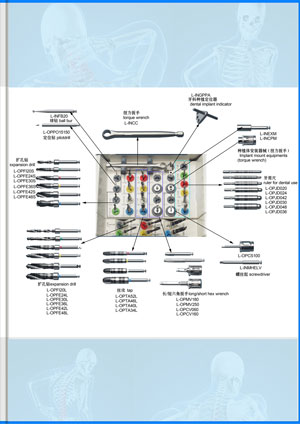

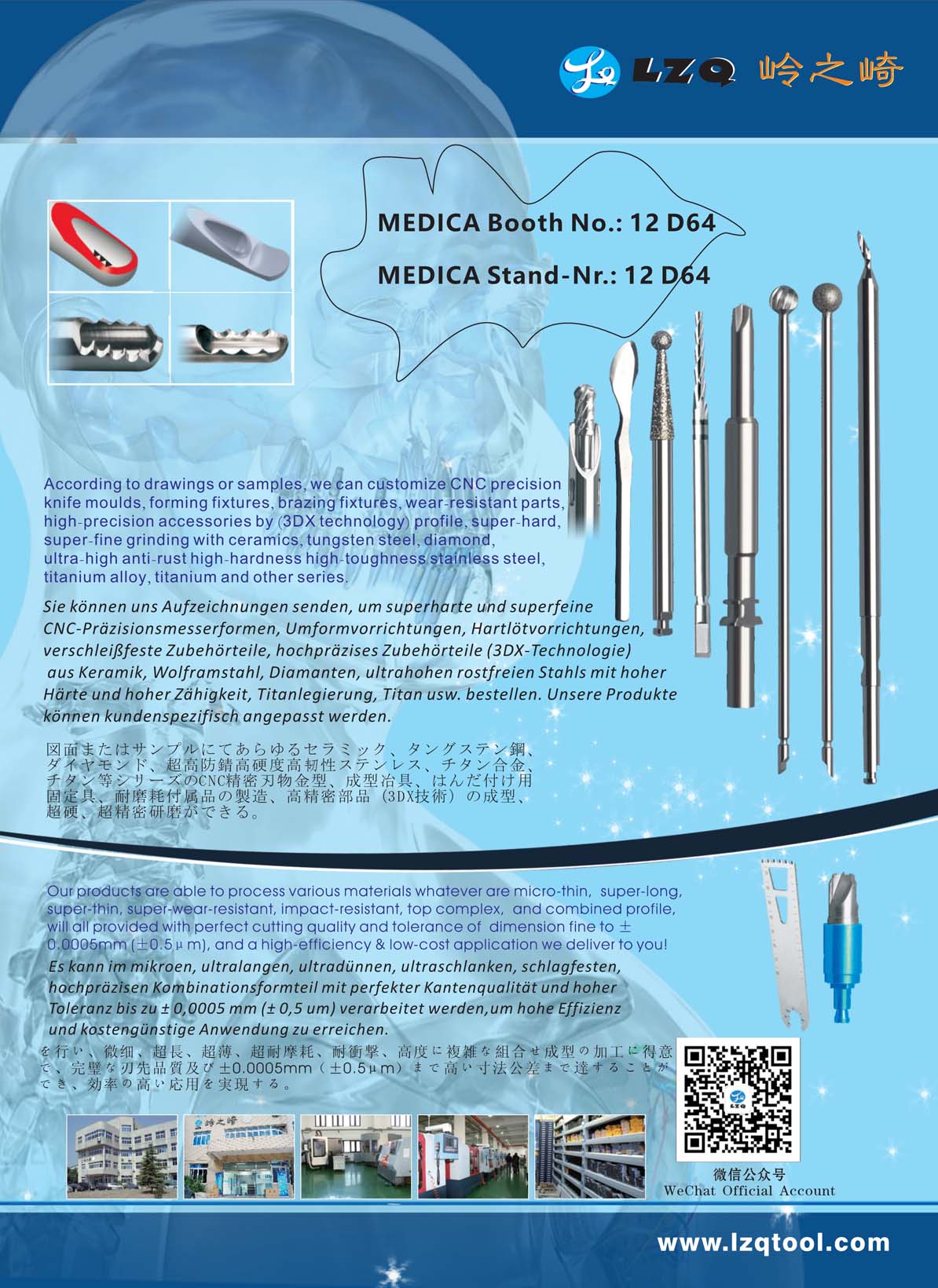
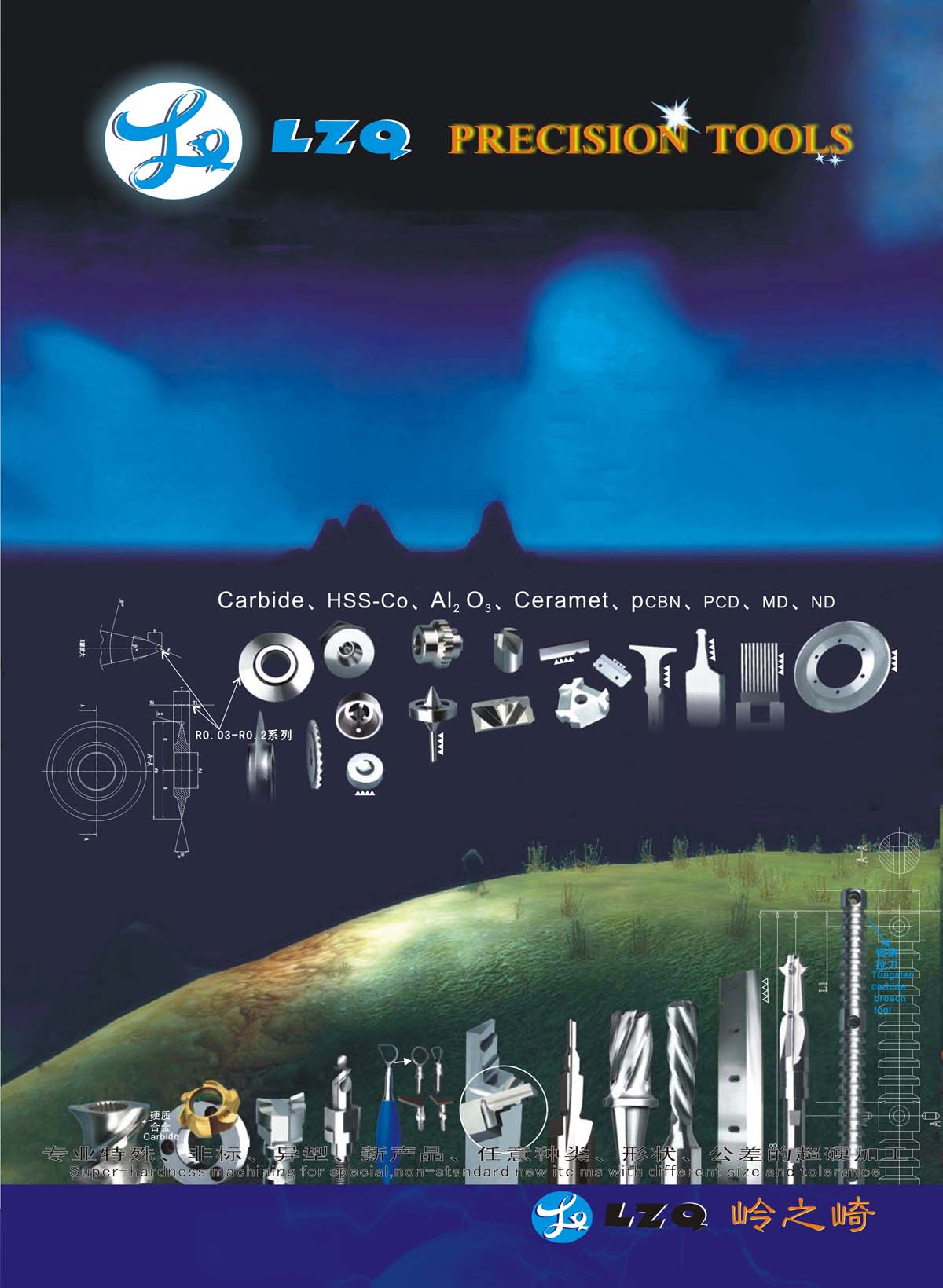
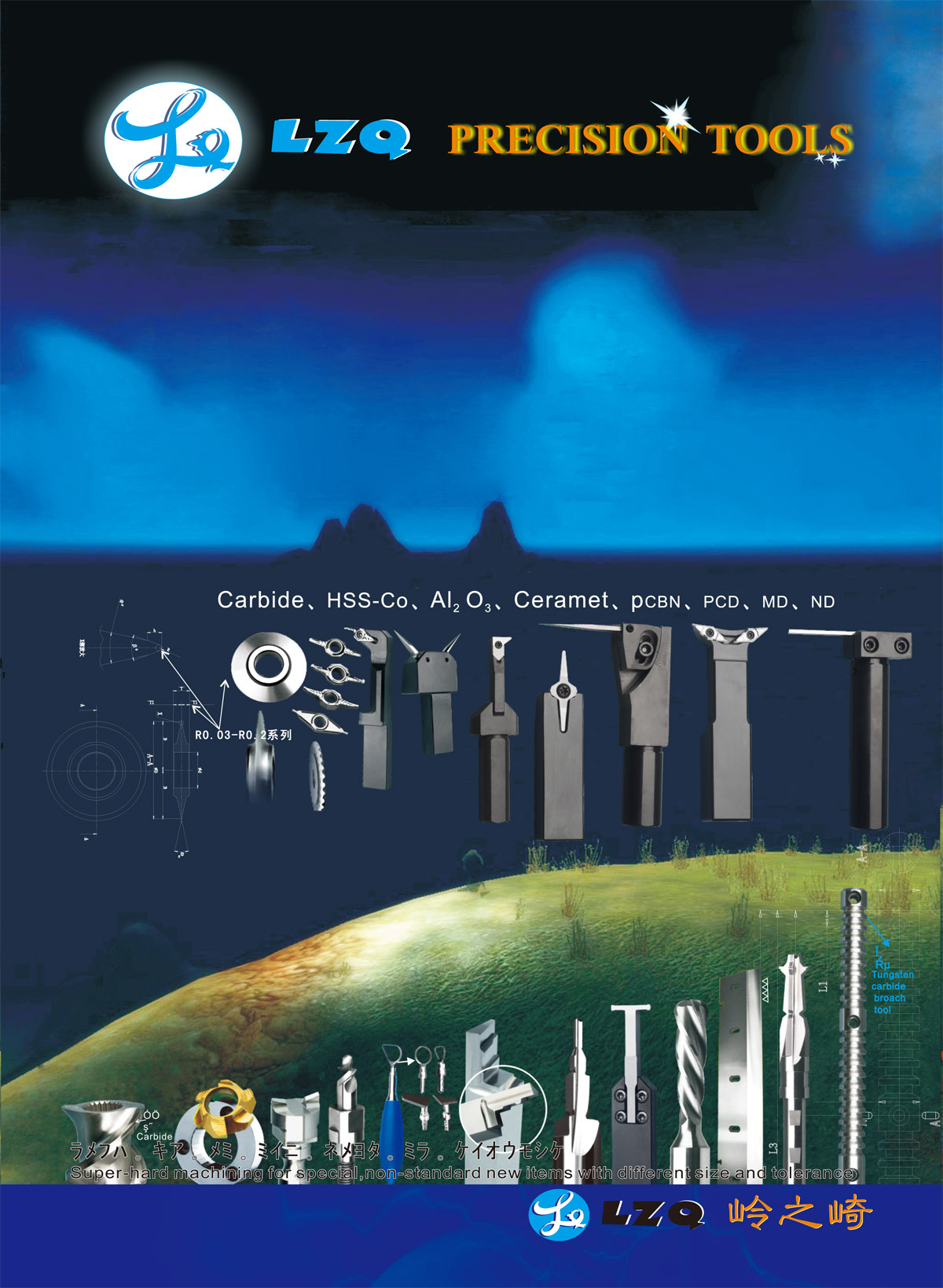





































































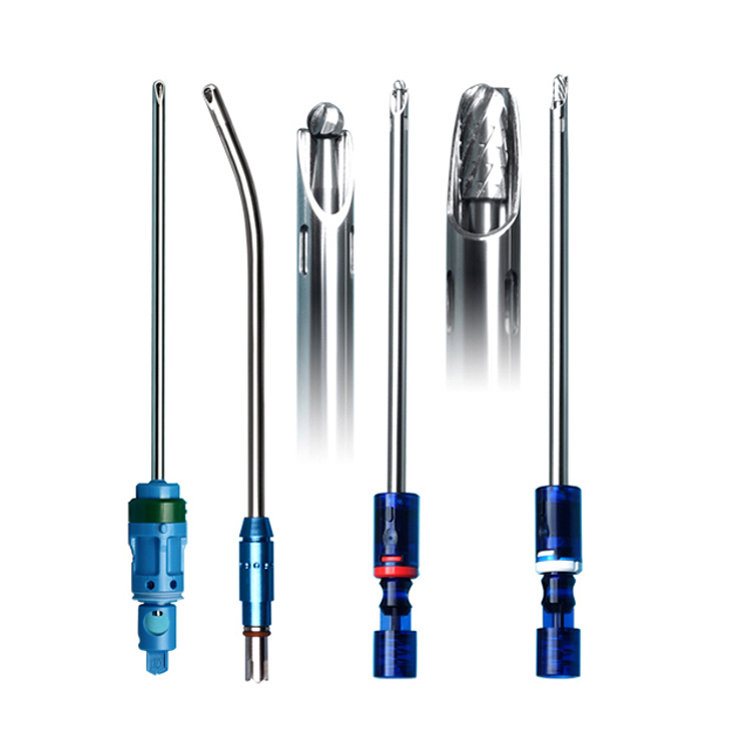












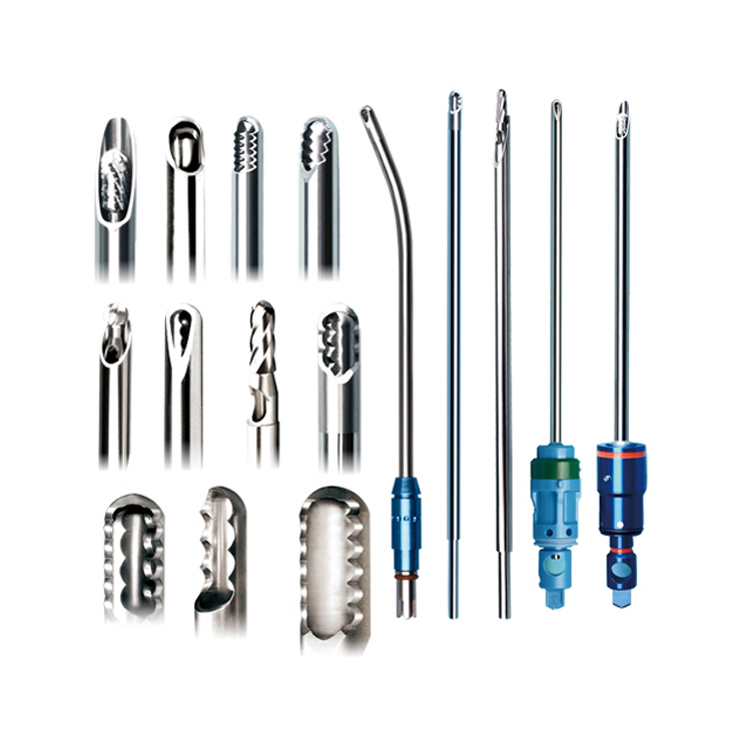









 +86-021-50327060
+86-021-50327060 
 NO.1269 Plant, Jinhu Road, Jinqiao Export Processing Zone, Pudong New District, Shanghai, China.
NO.1269 Plant, Jinhu Road, Jinqiao Export Processing Zone, Pudong New District, Shanghai, China. 
